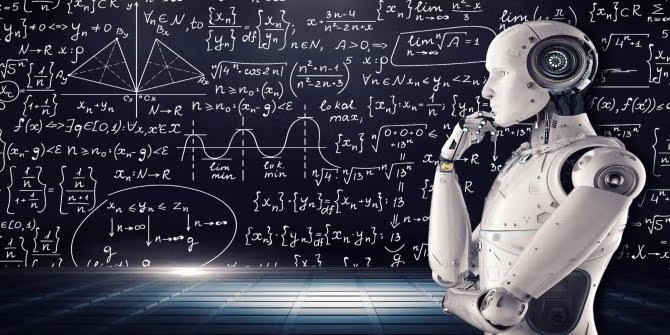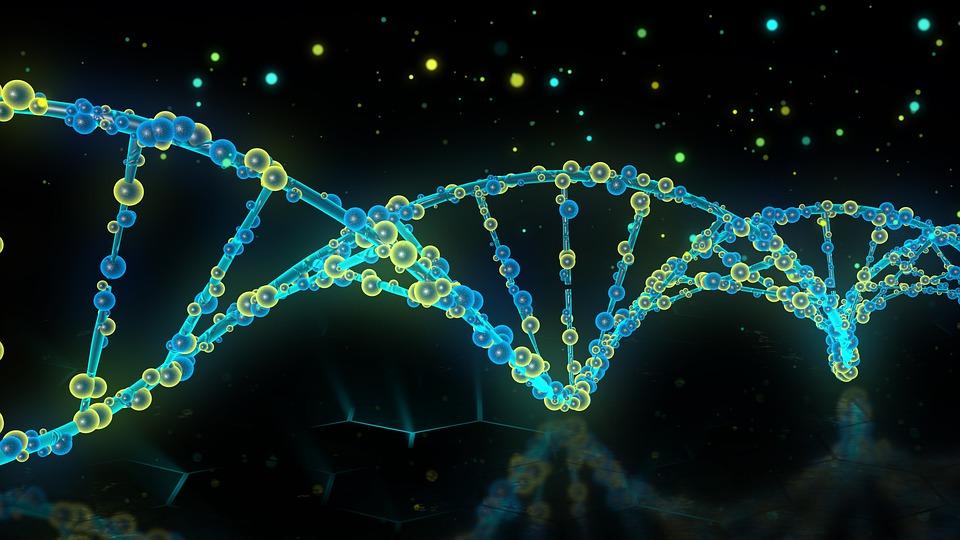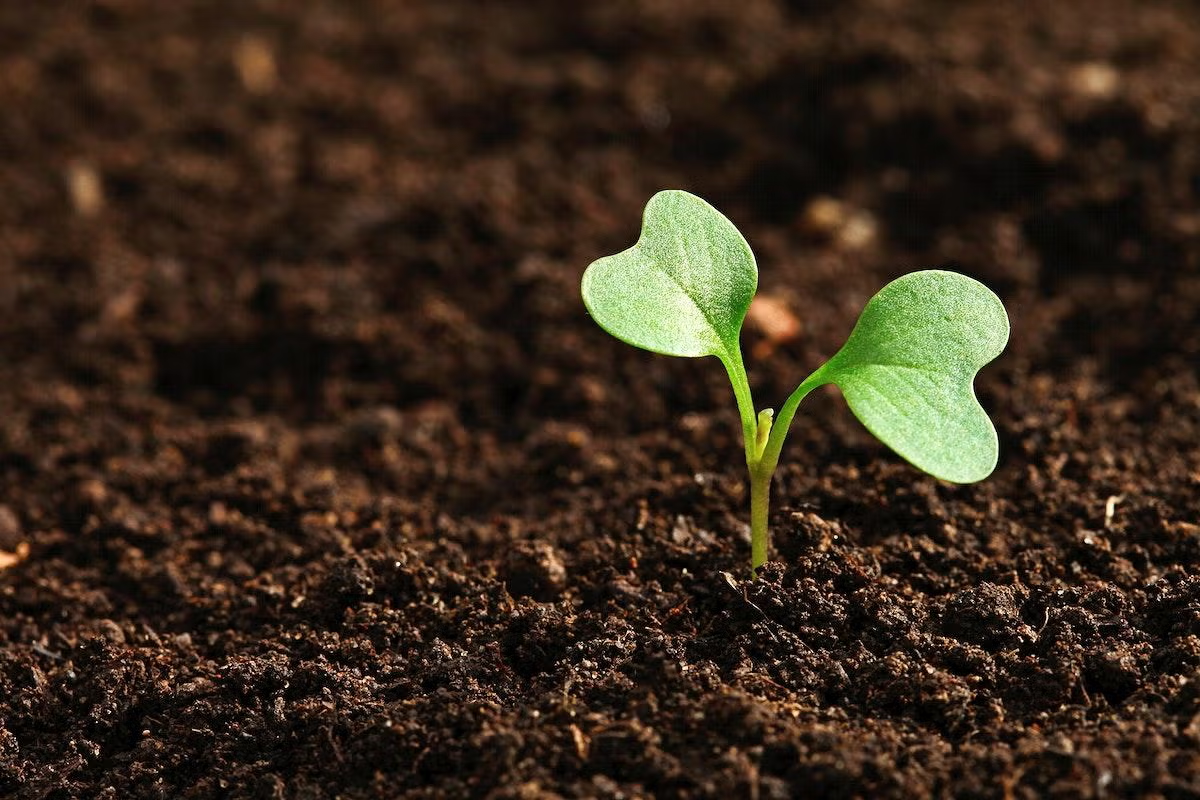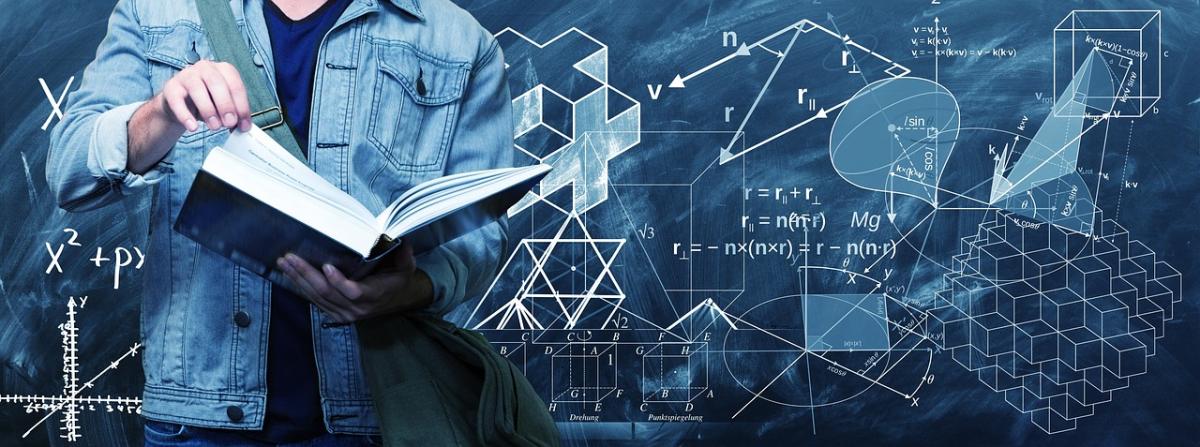
Students are learning to add, subtract, multiply and divide rational numbers using various numbers on a mat and driving an Edison robot to determine what rational numbers will be used.

Quail Farming
Students will learn about the three pillars of sustainability through their quail farm. They will incubate, raise and restock their quails in order for them to be sustainable regardless of what

In this engaging lesson, students will learn about genetics and create their own characters in which they will find a mate and create an offspring. They will use traits and Punnett Squares to create

Students take on the roll of working for an ad agency, creating a new experience that tours the human body. Students will pick one body system and create an entertainment venue that has attractions

In this five days lesson plan or a class project, I used a picture book, "Seeds of Change: Exploring Wangari Maathai's Tree-Planting Efforts". This lesson plan is great for 6th -8th-grade students. In

In this lesson students will demonstrate their deeper understanding of how the concept of slope is applied to the real-world construction of the wheelchair access ramp. Students will use the knowledge

This lesson is part 2 of 2. In lesson one, students create a scale drawing (blueprint) of a sustainable house. In this lesson, students use their scale drawing to create a scale model of a sustainable

This is a lesson involving math, science, and engineering. Students are also required to write a reflection paragraph. Students will use a scale to create a scale drawing of a sustainable house that

In this lesson, students will code Edison robots to travel through the rock cycle. Students will describe characteristics of the metamorphic, sedimentary, and igneous rocks to create legos models

As an intro to Thermal Energy, students are challenged to create a warmer that will keep my coffee warm. Students project will be tested in class, data will be collected, compared, and graphed.

Bee Colony Collapse Disorder was first discovered around 2005. Since then, 60-80 percent of honey bee hives have been affected. Scientists thought they were making progress into identifying the

In this lesson students analyze clues that help them make a claim about a phenomenon they are introduced to- a video of ash and debris-filled water rushing down a forest hill in Flagstaff. Students go

This lesson is the first of two about vermicomposting. It explains what vermicomposting is and how to start a worm bin. The second lesson will discuss harvesting compost and moving worms to a garden

Students examine the relationship between a ball's bounce height and its drop height to see a linear relationship. They then calculate the slope of their data to compare "bounciness" with other groups

Students think about dipping a cube in paint, then count the amount of faces that are painted (either 1, 2, 3, or none) they then make a table with the data and are asked to find any patterns they may

It is a lesson that is based on Mathematical computation and Project based learning. Students have to find the proportional relationship between the surface area of the house and the paint to be used

This lesson is from Arizona Game and Fish Department. The lesson has students look at data on elk-vehicle collisions on State Route 260. The road is being widened to a two-lane divided road with elk

This lesson helps kids have an understanding of how our eyes capture light. A camera captures pictures of objects using a similar way so in this experiment, kids will be making a camera using simple

In this lesson, students begin to develop questions about what is being wasted in our school. It could be waste during lunch or waste as an overall school. Students will conduct an investigation

In this lesson students will be able to make their own slime using chemistry and chemical reactions then use their slime as a model for fractions while reading a short story called, "Slimey is Half."


The students design and test a catapult using simple materials like popsicle sticks and rubber bands. They learn about the history of catapults and also about the physical science concepts related to

This is an activity to enhance student understanding and comfort with taking photographs, editing them, providing feedback on them, and submitting them for display. Students use a camera device (iPad

In the final part of A Light in the Dark (pt. 3 of 3), students create their solution to the problem based on their chosen theme. Students present their final solutions to be evaluated.


